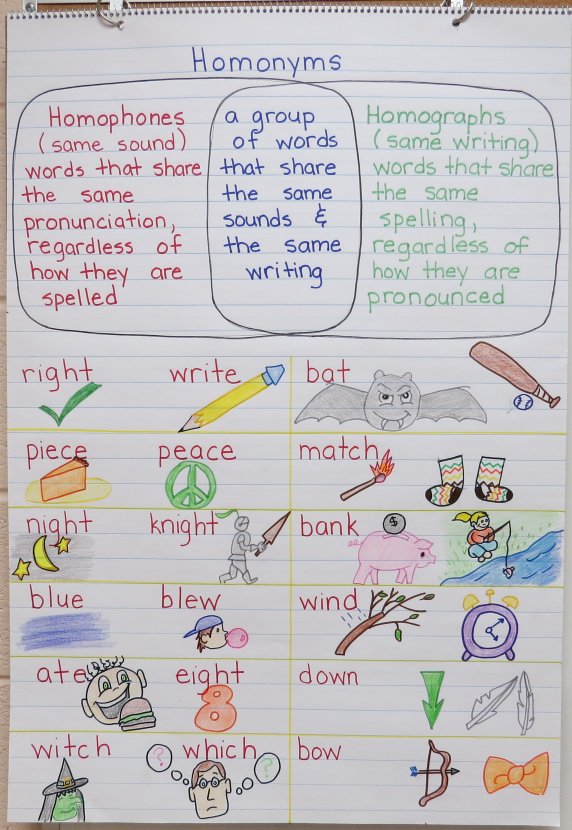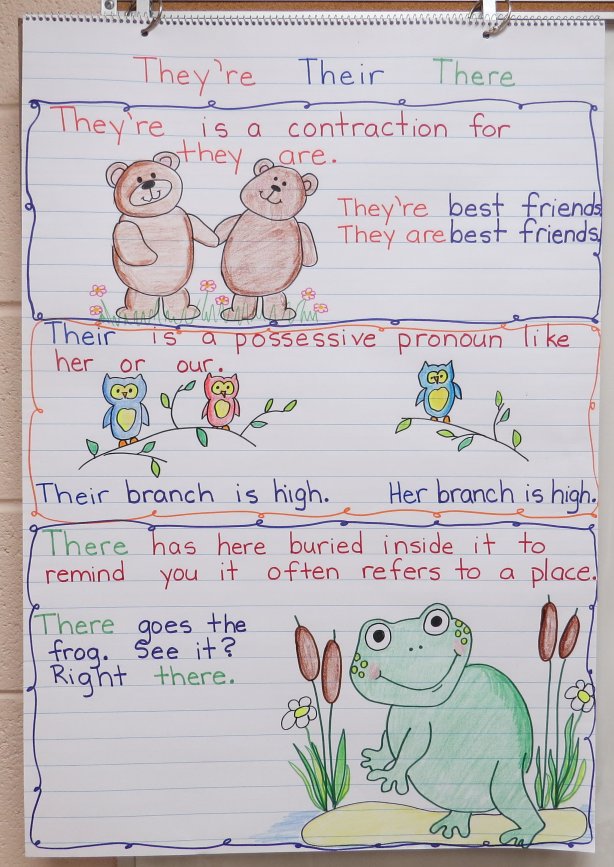Enjoy these activities to help teach the skill homophones, homonyms, and homographs to your students.


Boy, oh boy! How confusing the definitions of homophones, homonyms, and homographs can be for students. Then add heteronyms to the mix, and students' minds start to spin.
I teach this concept by starting with shapes. Students learn about 4-sided polygons including squares, rectangles, trapezoids, rhombus, parallelograms, and kites at an early age. Create a Venn diagram and show how a square is also a rectangle and a rhombus and that all three of these are parallelograms. Explain that homonyms work similarly. Having a visual illustration for the shapes helps students understand how, for example, all homophones are homonyms but not all homonyms are homophones.
Confusing Words
To, Too, and Two

I teach students three rules to determine which "to, too, two" to use. This anchor chart goes over the rules.
Rule #1 - Determine if the word is a number. Substitute a number such as 4 or 6 in place of the word "to, too, two." If the sentence makes sense, use the word two.
Rule #2
Part 1 - Substitute the word "also" in place of "to, too, two." If it makes sense, use the word too.
Part 2 - See if the sentence is talking about something extreme such as too much or too big. If so, use the word too. You can determine this by asking "To what extent?" If you can answer with "too loudly" or "too [add descriptive adjective or adverb here]," then the word to use is too.
Rule #3
All other times, use the word to. There are many meanings of the word to.












